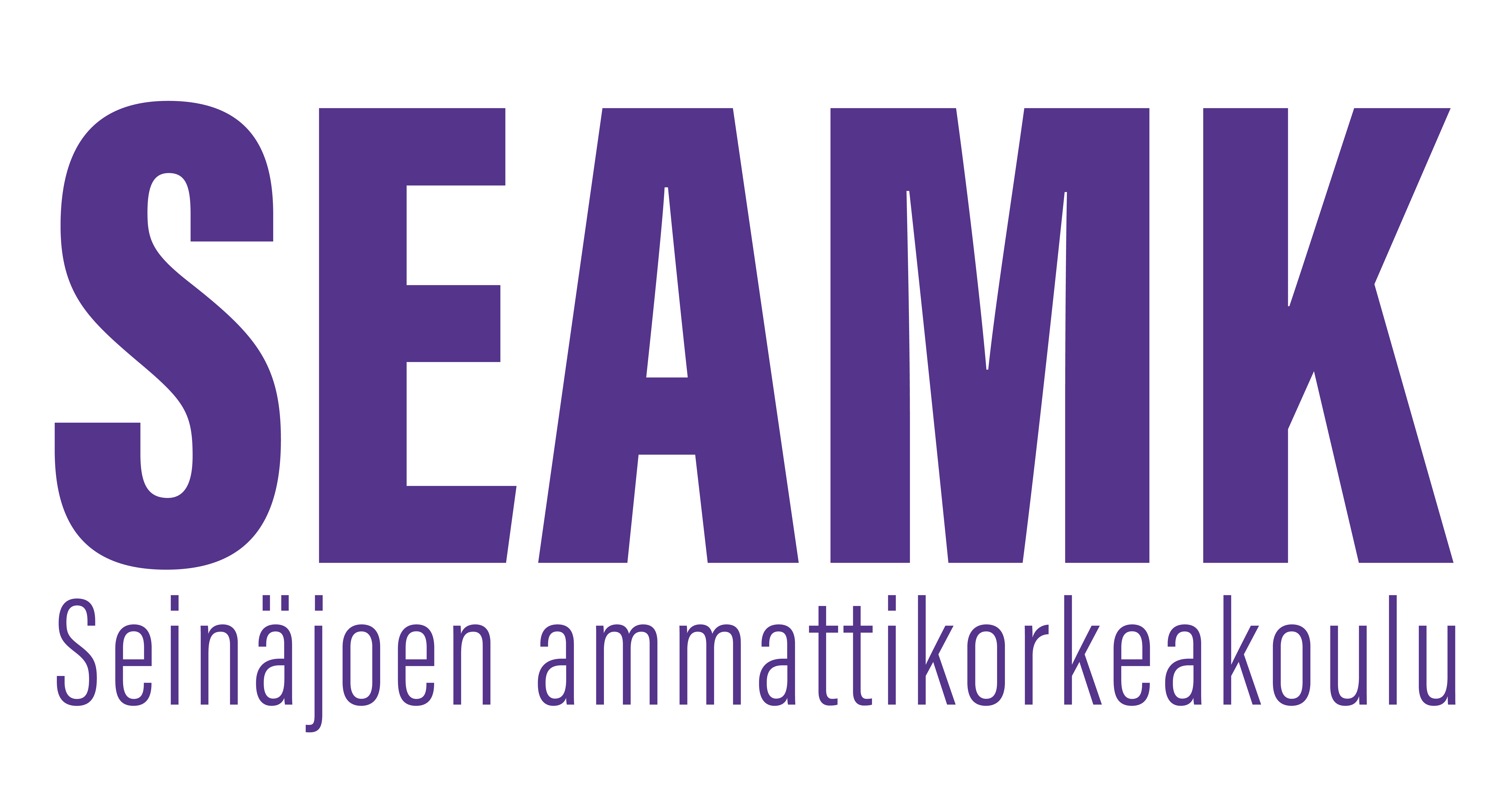BIP -Future Proof Animal Production SystemLaajuus (3 op)
Opintojakson tunnus: 9A00DI97
Opintojakson perustiedot
- Laajuus
- 3 op
- Opetuskieli
- englanti
Osaamistavoitteet
The student is familiar with differences in production and supply chains in European animal husbandry and its products. They know international supply chains, trades (import and export) as also differences in production and business processes in the different member states. They are familiar with future outlook, prospects and challenges in animal production. They are able to find information and solutions for sustainable animal production.
The student learns about international communication, international project skills and English.
Sisältö
Present situation in European animal production. Topical issues in animal production, e.g: technological development, animal welfare, climate change, environmental aspects, consumer behaviour and acceptance, biosecurity, food safety.
Arviointikriteerit, tyydyttävä (1)
The student submits the assignments and reports. They can present a summary about present animal production and supply chains. They can list the most important future perspectives. They can recognize some solutions to future challenges in animal production. They can give a presentation in English. They can name some cultural differences met during the course.
Arviointikriteerit, hyvä (3)
The students can compare production systems and supply chains in European animal husbandry. They can identify future challenges in animal production and relate solutions to challenges. They can describe cultural differences and solutions to these differences to work in project group. They can give clear reports and presentations in English.
Arviointikriteerit, kiitettävä (5)
The students can examine present production systems and supply chains as also future outlook from many perspectives. They can classify different future challenges and select well-argued solutions to different situations. They can describe cultural differences and ways to overcome these challenges to work efficiently and smoothly. They can make clear, interesting and finished reports and presentations in English.
